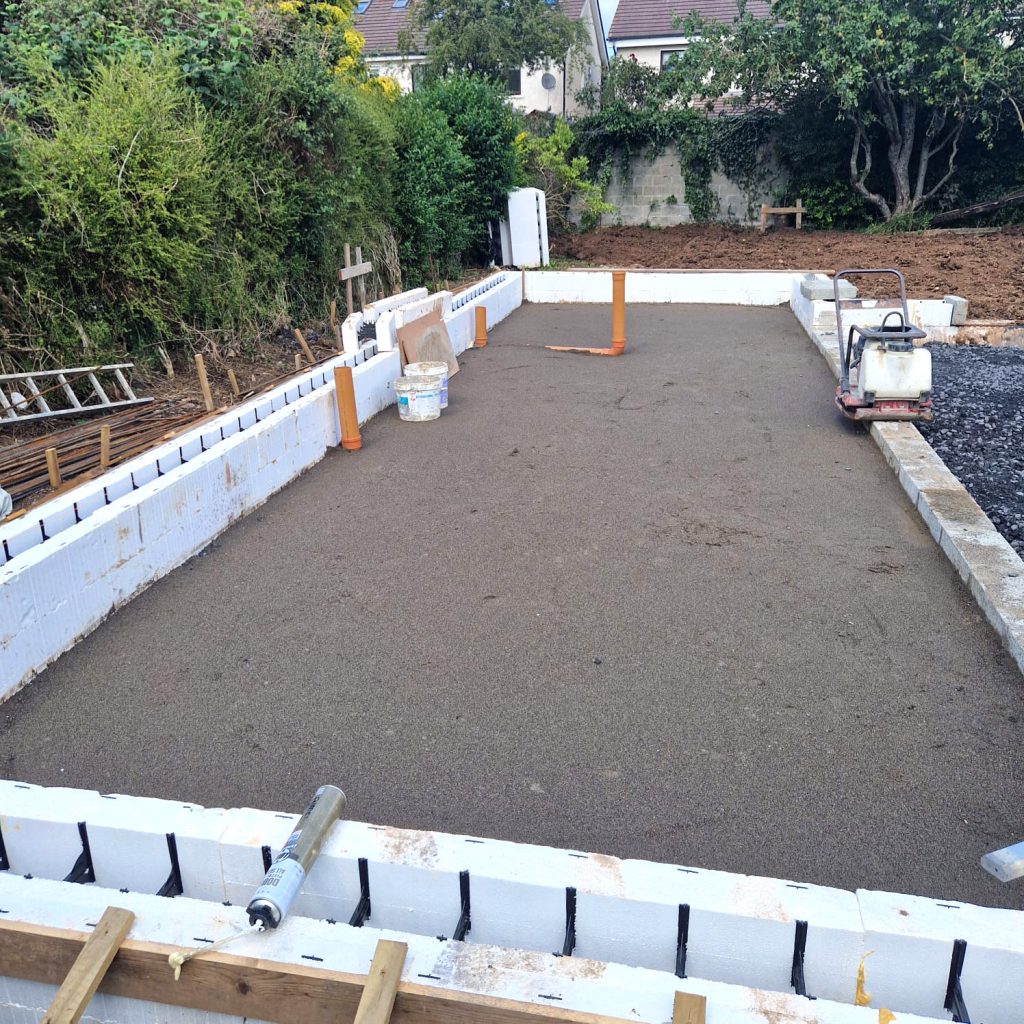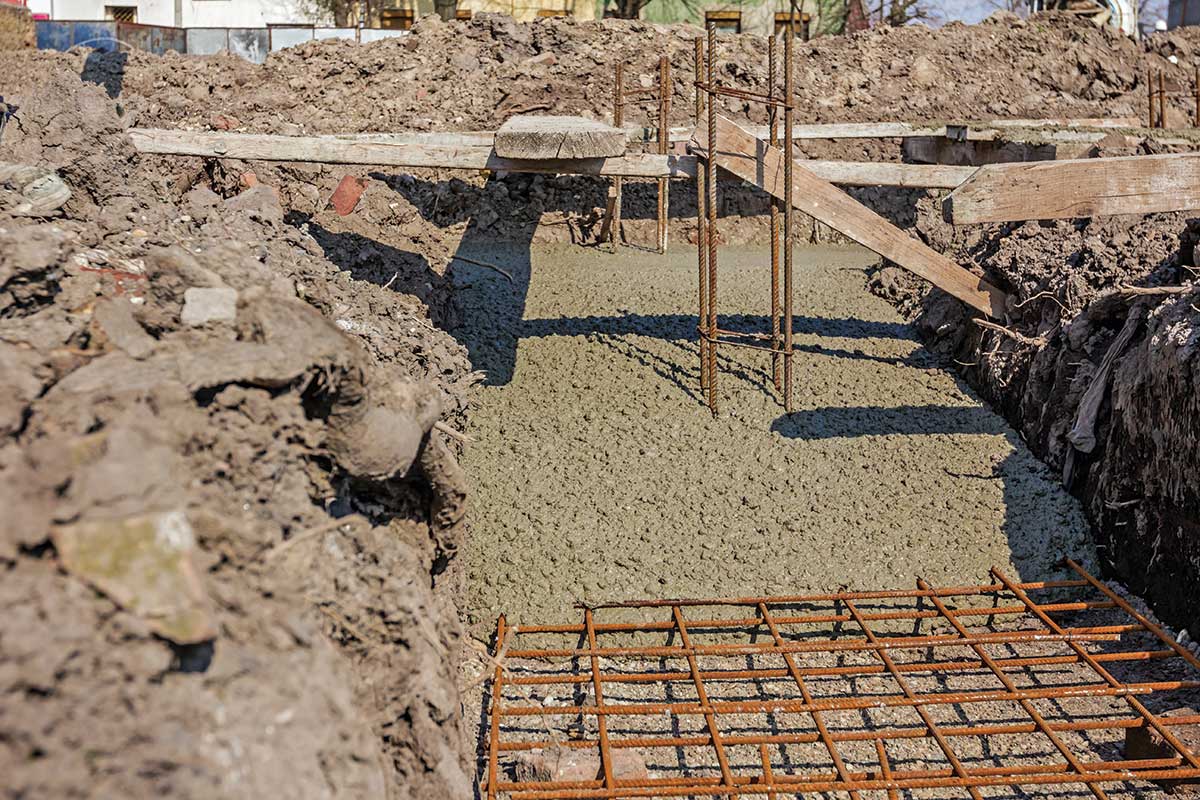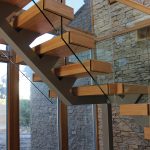Explore the key factors influencing your house foundation’s cost and the different types of foundations available.
In this article we cover:
- Key factors affecting house foundations costs
- Understanding foundation types
- How site conditions impact your budget
- Breakdown of foundation costs
- Step-by-step foundation process
- Cost-saving tips
Getting a good handle on the costs of getting your self-build project out of the ground is vital for staying within budget. It helps to know what to expect so you can plan accordingly.
The cost of your foundation depends on several key factors:
Soil type: Different areas of your site may have varying soil conditions. This can really affect whether the ground is strong enough to support what you’re building. Depending on that, you might just need a simple, budget-friendly foundation, or you could end up needing something a bit more robust and pricey. It’s all about understanding what your site needs.
Water table level: If you hit water while digging, you may need additional drainage solutions or even a change in building location, which can significantly impact costs.
[adrotate banner="58"]Proximity to rivers, lakes or wells: This can definitely impact the water table, and it’s good to keep in mind the possibility of rising water levels throughout the property’s lifetime.
Vegetation and root systems: If you need to cut into a bank or the site needs to be levelled, you’re looking at added complexity and therefore more cost.
House design: The size and shape of your house affect foundation costs. The bigger the house, the heavier it is, and the more it requires support. A large ground floor area also means more walls, which means more concrete.
Once all of these issues are known and understood, a foundation will be designed by a structural engineer for the property to meet the needs of the unique structure on the unique site. This specification can then be costed out including the level of groundworks required, getting concrete on site, how much of it, etc.
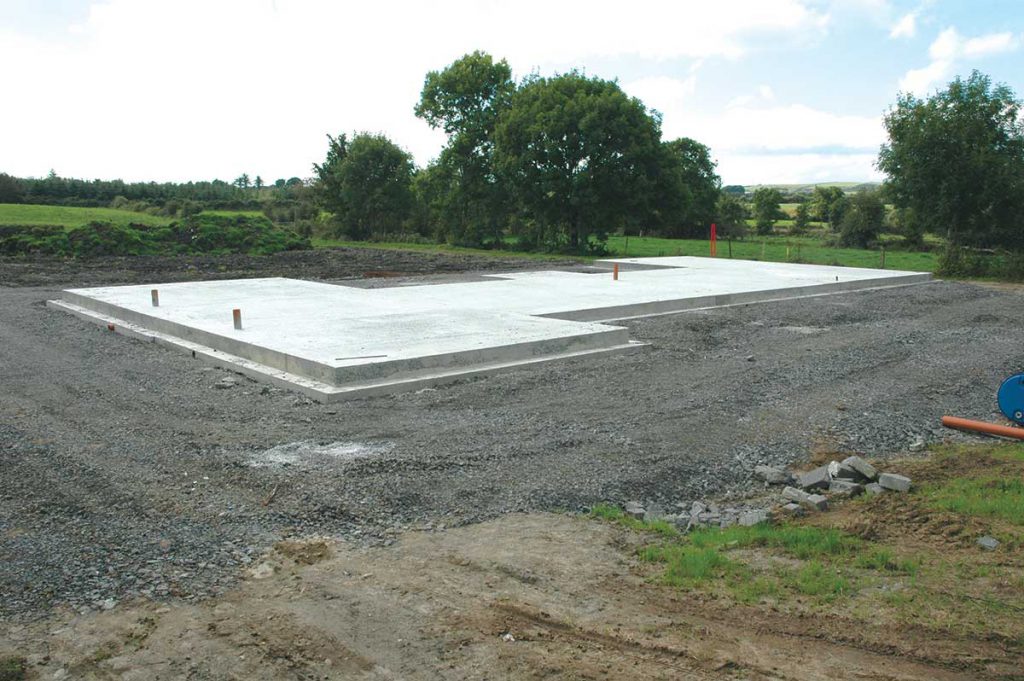
Foundation types explained
Strip foundations
The most common type of foundation in the UK is known as the strip foundation. A trench is excavated generally in the region of 900mm in width for an external wall, but this is not always the case. The width, depth and makeup of any specific foundation will need to be designed by an engineer. The depth is usually approximately 1m below ground level and the bottom of the trench is filled with concrete and reinforcement to a depth of approximately 300mm from which blockwork walls then commence upwards.
On average, the first 700mm height of blockwork – generally known as the rising walls – is located from the top of the foundation to the finished floor level. The blockwork is then used as a formwork for the filling of stone to the underside of the new floor and for the pouring of concrete to the subsequent concrete floor slab.
The same process applies for internal and external walls. However, the majority of internal walls will require a narrower foundation due to different wall thicknesses.
Online quotes – Checkatrade: Strip foundations will cost between £95 – £115 per metre using an excavator and £170 – £220 per metre for hand dig. Myjobquote: £3,100 to £10,500 depending on the size of the area.
Raft foundations
Raft foundations are for areas where the ground conditions are not as firm as those where a strip foundation can be used. Raft foundations cover the entire area of the ground floor slab of a property and they spread the load of the building over a larger area than other foundations, thereby lowering the pressure on the ground.
In a raft foundation, the entire structure is poured in one process. Raft foundations will generally require a substantial amount of additional formwork and steel reinforcement over and above a standard strip foundation making, them more expensive.
Online quotes – Checkatrade: You should expect to pay between £200 – £260 per sqm for raft foundations. Mybuilder.com: £250 – £350 per cubic metre.
Piled foundations
Where ground conditions are extremely poor, piled foundations may be required. Piling involves a process of driving an individual column of concrete down into the ground until a firm level is reached.
A foundation is then constructed from pile cap to pile cap with the weight of the property spread across all of the piles and down to the firm ground below. Piling is an expensive addition to any project and the costs of the work can only be calculated after a detailed design has been completed. With the cost of mobilising piling equipment to and from site, its is generally the case that even the smallest of piling operations will add substantially to the cost of the substructure operation.
There is a danger in even attempting to cost piled foundations as they vary greatly depending on the number of piles required, the size of the pile and the kind of rig you will need.
Online quotes – According to checkatrade.com, for a 3 x 7m extension you can expect to pay between £4,000 to £8,000 for mini piling with an average of £6,250.Mybuilder.com: the average cost for piling projects can range from £2,500 to £7,000.
Every project is unique and it does not follow that the same rates apply to carry out the same work on different project sites. Location also tends to have a bearing on cost. In terms of pricing and costs, the initial works required on any site will involve the stripping of existing site vegetation, trees and topsoil. The amount of each of these items will vary and, in some cases, a site may require little if any work.
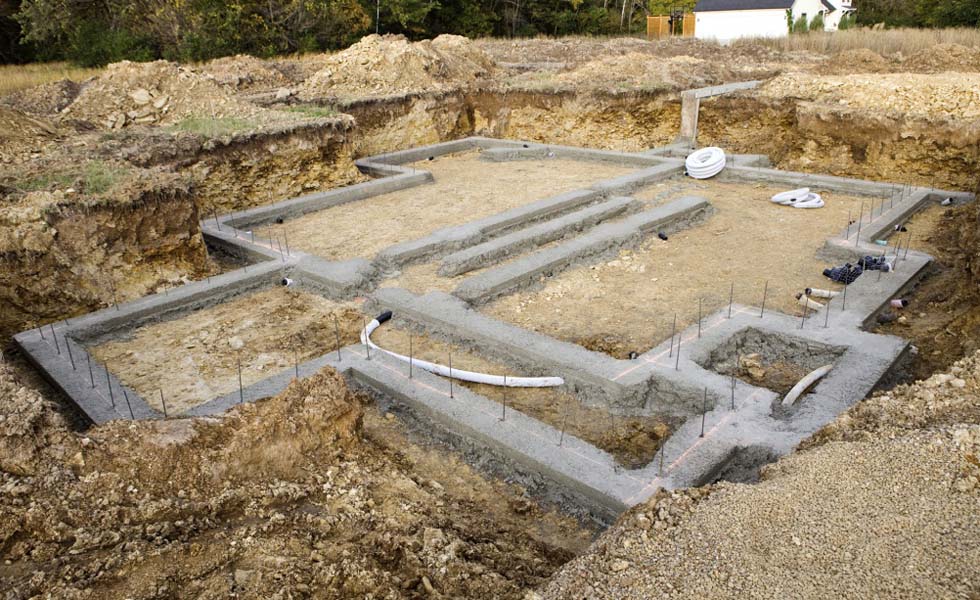
Laying the groundwork
The site now clear, it’s time to level the site and dig the trenches for your foundations. The entire footprint of the building has to be levelled to the point where the underside of the stone filling for the floor will be.
It is from this level that you will excavate the foundation trenches. Once the reinforcements and concrete have been poured, it’s time for the blockwork rising walls (sometimes known as dead-work due to their location below the ground). Blockwork in strip footing arrangements will generally, subject to an engineer’s design for the specific project, be in the region of 700mm high starting from the top of the foundation. Once the blockwork is completed, the underside of the floor level is filled with stone backfill materials and then compacted into place. It is important that the material chosen is certified in order to confirm the absence of any gas materials like pyrite in the stone. On top of the stone is a layer of levelled and compacted sand.
Then generally a 150mm concrete slab is installed across the floor to act as the main structural floor for the property. A damp proof membrane is laid across the floor and turned up to meet the top level of the blockwork where it will meet a damp proof course (DPC) in the blockwork.
The purpose of these materials is to deflect any dampness away from the property. To prevent heat loss through the blocks laid on the foundations, you can specify materials that prevent thermal bridging at an added cost. Floor insulation to the required thickness as specified by the designer is then laid onto the membrane with an upstand of insulation turned up to meet the external wall around the perimeter of the property. A second concrete floor, generally referred to as the screed, is then installed on the insulation and this provides the ground floor of the property.
In the case of underfloor heating, the pipes for that system will generally be laid on the insulation before the screed is poured. Oftentimes the insulation and screed aren’t installed until the roofing stage – this is to prevent damaging the floor. Blockwork to a raft foundation will generally only be 300-400mm in height above the foundation. Once the blockwork is in place and on the basis that the raft slab itself provides the main ground floor structure, the damp proof membrane is installed directly to the raft slab followed by the insulation and screed as outlined for the strip foundation above.
In all cases, drainage within the floor, radon sumps and pipework and any ducting or similar items can be designed and installed within the relevant structures.
